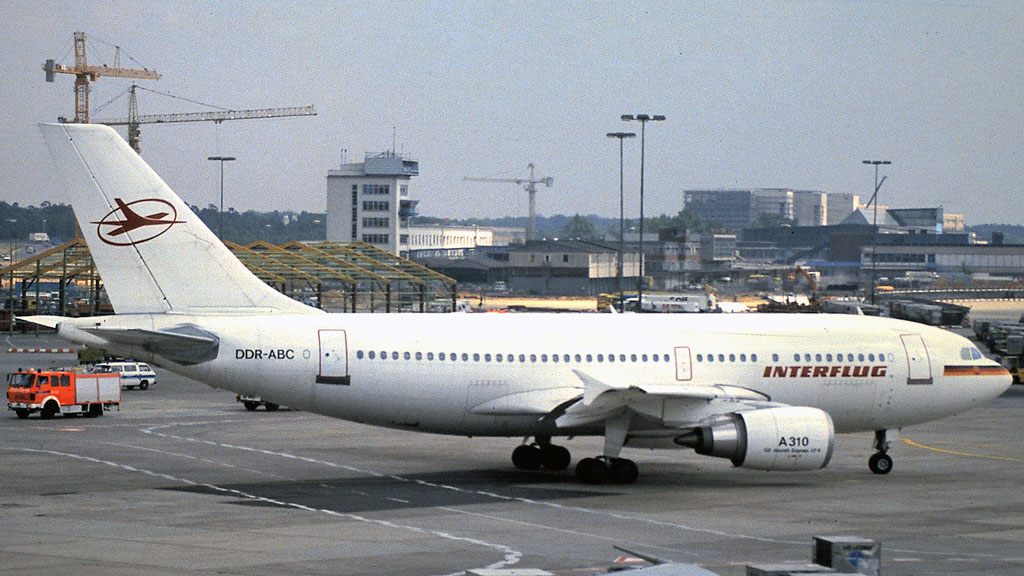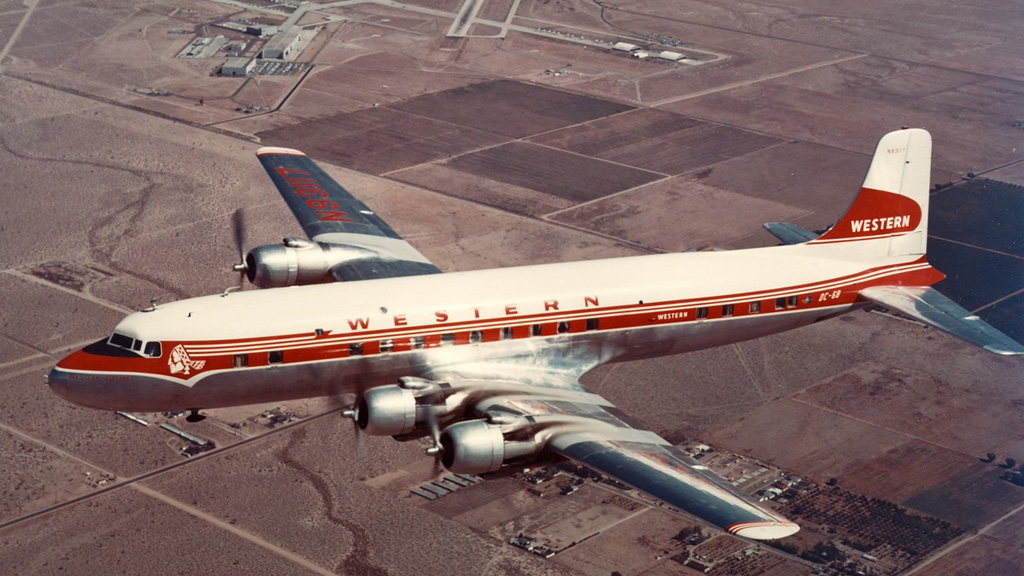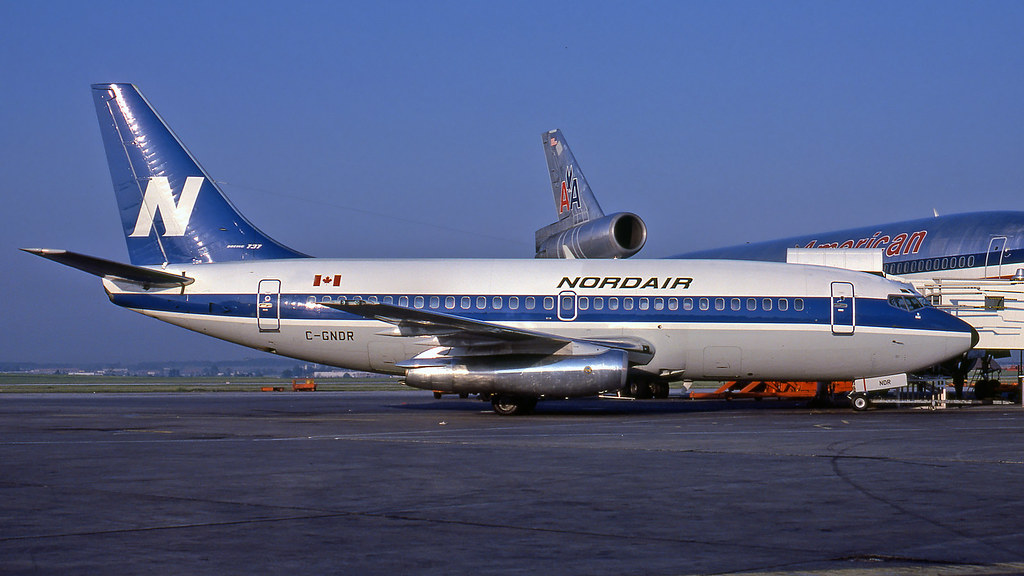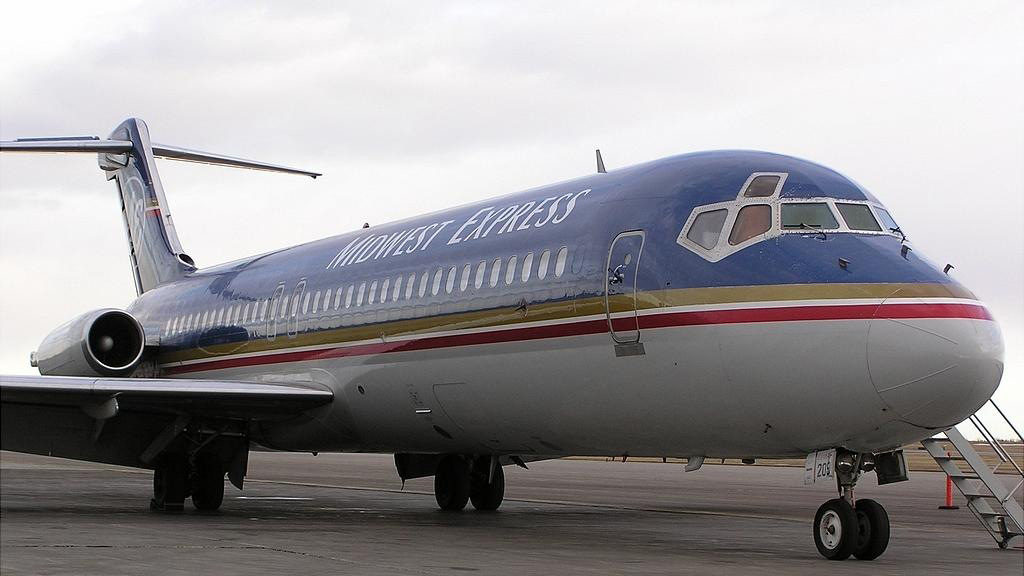Choice of Schedules
At Historic Airline Group, we provide our pilots an extensive array of scheduled flight options from around the world, tailored to their preferences and expertise. Whether
you're an experienced aviator seeking challenging routes or a newcomer eager to explore diverse destinations, our comprehensive selection ensures there's something for everyone.
Our schedules are based on real-world flights of yesteryear.
Friendly and Helpful
At Historic Airline Group, fostering a supportive and collaborative community is at the heart of everything we do. Our dedicated staff team are readily available to assist
pilots during every step of their journey. Whether you're seeking guidance on flight procedures, troubleshooting technical issues, or simply looking for camaraderie among
fellow aviation enthusiasts, our team is here to help.
ACARS Flight Reporting
At Historic Airline Group, we prioritize precision and reliability in tracking our pilots' flights. This is achieved through our ACARS tracking system. This
state-of-the-art technology guarantees the accurate monitoring of every flight, providing real-time data on aircraft position and route.
Community Flights
At Historic Airline Group, we offer a range of opportunities for our pilots, including tour flights and online events. These scheduled tours and events provide a
platform for pilots to gather, fostering camaraderie among aviation enthusiasts from around the globe.





